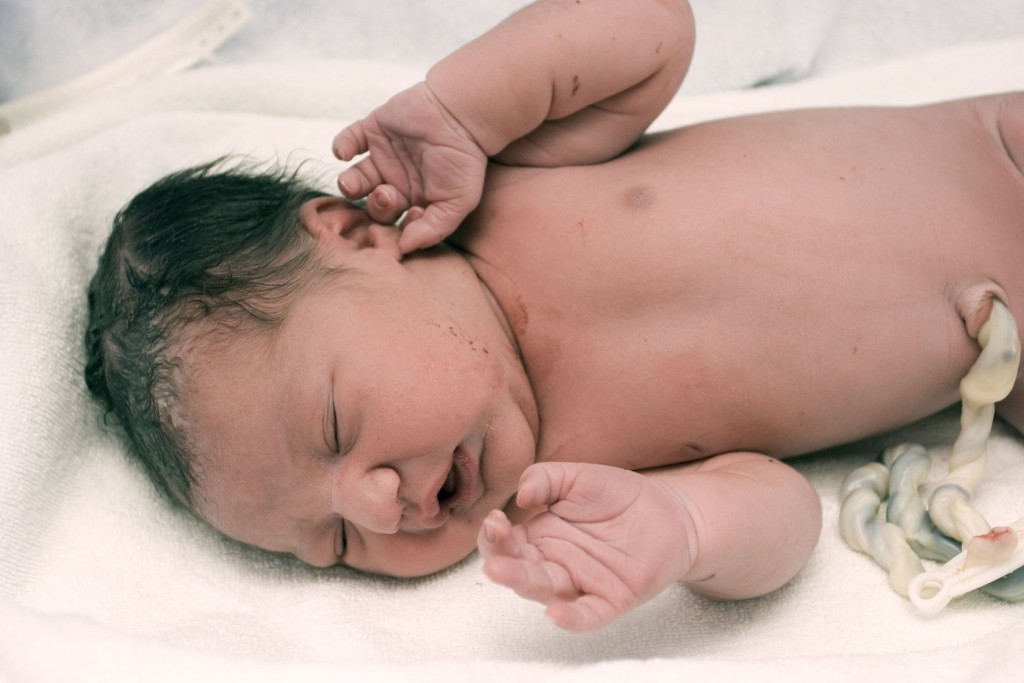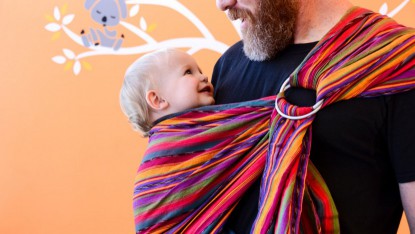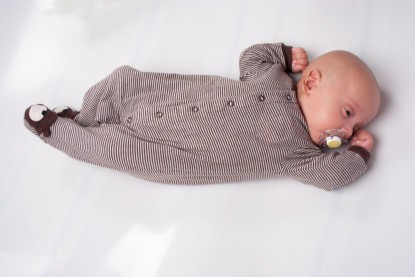At week 37, your little one is about 19 in and 6.5 pounds (though this varies based on genetics and your pregnancy). If the baby were born at this stage, she would be considered early-term. While a baby can be born at this stage without complications, experts agree that it is better for the baby to make it past 39 weeks.
Babies don't usually get much bigger at this point (maybe a couple of pounds), thanks in part to a need to make it down the birth canal, but they are still maturing in other ways. Baby is putting the finishing touches on his brain and lung development, and while he may not get much bigger from this point on, he is still maturing in other ways.
The baby has relatively flexible bones and a soft spot on the top of his head. These features will help him fit his head down the birth canal and allow the skull plates to slightly overlap to compress on his way out. This fascinating feature allows the most substantial portion of his body to fit in such a small space. If this soft spot weren't there, the baby would likely be unable to make the trip down the birth canal. This soft spot will close on its own at about 18 months.
This "soft spot," as it is sometimes referred to, and the shifting plates of a baby's skull can result in a lopsided head shape after birth; this cone-shaped head will usually self-correct over the first few days of life. However, it can persist or worsen if the baby is regularly laid in the same position. Because the plates continue to shift and grow as they become rigid, they can also become flat or misshapen if your baby spends too much time lying in one position. This occurrence is at least partially why doctors recommend that the baby have regular tummy time (which also helps increase neck strength) and why your baby should spend time in different positions when direct observation is possible. Regularly lying on the left and right side of the head will help prevent a misshapen head known as "positional plagiocephaly." So, while sleeping on their back is the safest position for a baby to help prevent SIDS-related death, when you can watch a baby, it is a good idea to position them on alternating sides to help keep their head shape even and more or less round. Carrying a baby in a front pack carrier might help decrease the potential for positional plagiocephaly by getting the baby out of the car seat carrier and taking away the pressure it can place on the back of the head.
Covering this soft spot and the rest of the baby's head might be a full head of hair or a little bit of peach fuzz. This coverage will vary from baby to baby and, despite popular belief, has nothing to do with how much heartburn you have experienced during pregnancy. While some babies are born bald, many have locks ranging from a half an inch to almost 2 inches long; this hair can vary in color and be different than his parents, so don't be surprised if you give birth to a little blondie when you and your husband are both brunettes. This original hair color can and often will change over time. Many babies born with dark hair will shed the original hair and replace it with a light blonde before their first birthday.
Reference Soucres
- American Pregnancy Association - Week 37
- American College of Obstetricians and Gynecologist - How Your Fetus Grows During Pregnancy





